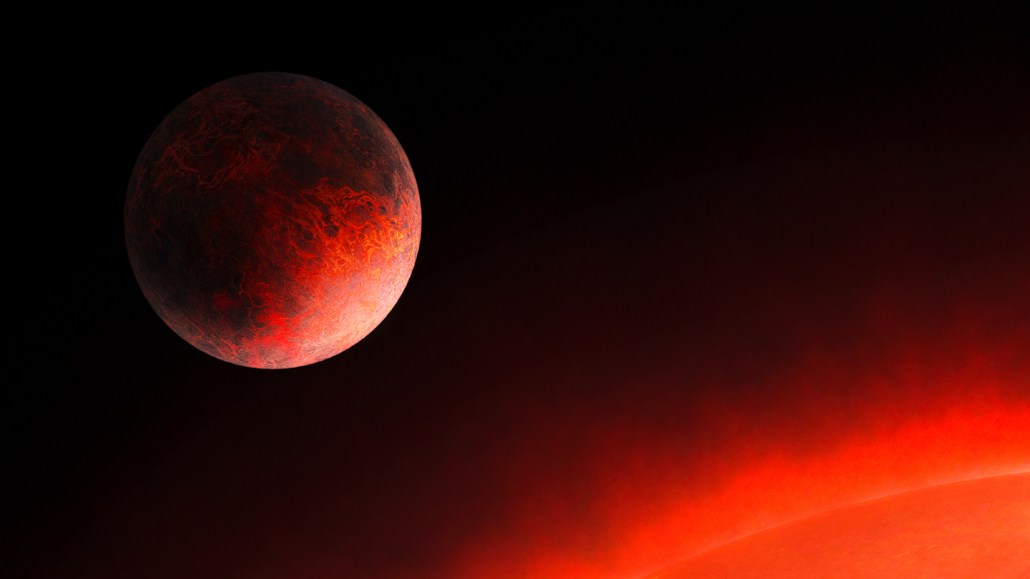This tiny, sizzling exoplanet could be made of molten iron
The newfound planet is smaller than Earth, as dense as iron and hot enough to melt

Exoplanet GJ 367b, shown in this artist’s illustration, is as dense as iron and close enough to its star that its surface may be molten.
SPP 1992 (Patricia Klein)







